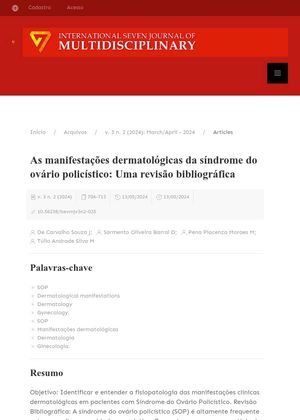TLDR PCOS causes skin issues like excess hair, acne, and hair loss, needing a team approach for treatment.
This review aims to understand the dermatological manifestations of Polycystic Ovary Syndrome (PCOS), a common condition among reproductive-age women. Diagnosed using the Rotterdam criteria, PCOS presents with symptoms like hirsutism, acne vulgaris, acanthosis nigricans, seborrheic dermatitis, androgenetic alopecia, and severe cases of virilization. These dermatological issues, along with systemic, gynecological, and reproductive symptoms, significantly reduce the quality of life, causing complications such as infertility. Effective management requires a multidisciplinary approach and clinical control of androgen levels.
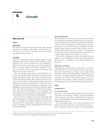 November 2013 in “John Wiley & Sons, Ltd eBooks”
November 2013 in “John Wiley & Sons, Ltd eBooks” The document concludes that accurate diagnosis of male and female gonadal disorders is crucial for effective treatment and better patient outcomes.
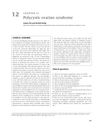
PCOS is a common hormonal disorder with symptoms like irregular periods and excess hair growth, managed with lifestyle changes and medications.
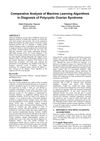 20 citations
,
September 2020 in “International journal of computer applications”
20 citations
,
September 2020 in “International journal of computer applications” The Random Forest algorithm was the most accurate at diagnosing Polycystic Ovarian Syndrome.
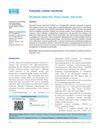 27 citations
,
January 2013 in “Indian Journal of Dermatology, Venereology and Leprology”
27 citations
,
January 2013 in “Indian Journal of Dermatology, Venereology and Leprology” PCOS is a complex disorder managed by treating symptoms and requires a team of specialists.
 7 citations
,
January 1992 in “Adolescent and pediatric gynecology”
7 citations
,
January 1992 in “Adolescent and pediatric gynecology” Early diagnosis and treatment of PCOS in teenagers can help prevent more severe adult PCOS.
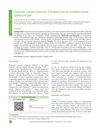 3 citations
,
January 2013 in “Annals of Tropical Medicine and Public Health”
3 citations
,
January 2013 in “Annals of Tropical Medicine and Public Health” About 15% of adolescent girls in a region of India have Polycystic Ovarian Syndrome, which is more common in those born by cesarean, with wisdom teeth, or with central obesity.
